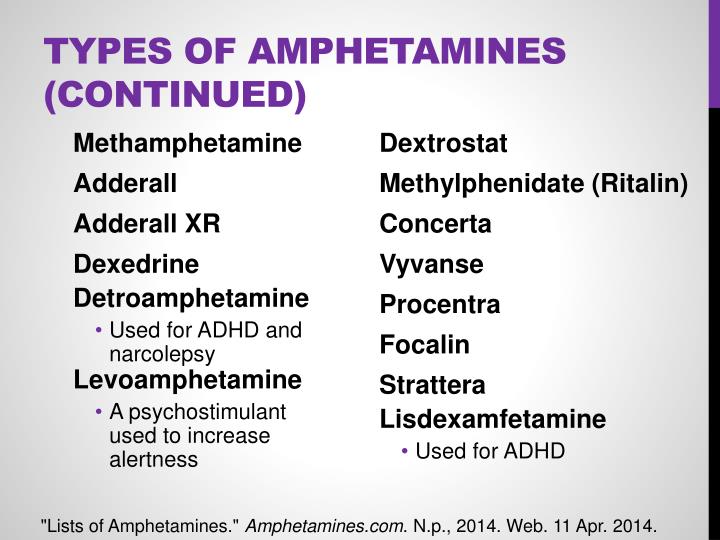

Red: Oxygen atom White: Hydrogen atom Black: Carbon atom Blue: Nitrogen atom. In spite of considerable coverage in the medical literature and the popular press describing the powerful central effects of these new drugs, the addictive potential of amphetamine was largely dismissed (see Bett, 1946 Guttmann and Sargent, 1937 Tidy, 1938).Ĭhemical structures of various biologically active β-phenylethylamines. In his 1946 review, Bett commented on the widespread use of ‘energy pills’ by the allied forces in World War II, estimating that 150 million Benzedrine tablets were supplied to British and American service personnel during the course of the global conflict. The cognitive-enhancing properties of amphetamine were quickly recognised, with reports of Benzedrine producing improvements in intelligence tests leading to its widespread use to reduce stress and improve concentration and intellectual performance by academics, students and medical professionals (see Guttmann and Sargent, 1937 Tidy, 1938). Sales of Benzedrine and Dexedrine in chemist stores were unrestricted until 1939, when these drugs could only be obtained either on prescription from a registered medical practitioner or by signing the Poison Register ( Bett, 1946). Smith, Kline and French synthesised both isomers, and in 1937 commenced marketing of d-amphetamine, which was the more potent of the two isomers, under the trade name of Dexedrine®. the dextro- (or d-) and levo- (or l-) isomers or enantiomers ( Figure 1). Smith, Kline and French introduced Benzedrine onto the market in 1935 as a treatment for narcolepsy (for which it is still used today), mild depression, post-encephalitic Parkinsonism and a raft of other disorders (see Bett, 1946 Guttmann and Sargent, 1937 Tidy, 1938).Īs a molecule with a single chiral centre, amphetamine exists in two optically active forms, i.e. It is the reason why the name Benzedrine, not amphetamine, appears in all of the early publications (see Bett, 1946). ‘Amphetamine’, which is the generic name for Benzedrine devised by the Council on Pharmacy and Chemistry of the American Medical Association, was not adopted until many years later.

The trade name ‘Benzedrine®’ for racemic α-methylphenethylamine was registered by the pharmaceutical company, Smith, Kline and French. Experiments performed in animals and human subjects by Alles and others unequivocally revealed α-methylphenethylamine’s ability to reverse drug-induced anaesthesia and produce arousal and insomnia (see reviews by Bett, 1946 Guttmann and Sargent, 1937). Alles, whilst he was searching for a less costly and more easily synthesised substitute for ephedrine. How lisdexamfetamine’s distinctive pharmacokinetic/pharmacodynamic profile translates into sustained efficacy as a treatment for ADHD and its reduced potential for recreational abuse is also discussed.Īlthough racemic α-methylphenethylamine (amphetamine) was discovered by Barger and Dale in 1910, it was not until 1927 that this molecule was first synthesised by the chemist, G. The unusual metabolic route for lisdexamfetamine to deliver d-amphetamine makes an important contribution to its pharmacology. The review charts advances in pharmaceutical development from the introduction of once-daily formulations of amphetamine through to lisdexamfetamine, which is the first d-amphetamine prodrug approved for the management of ADHD in children, adolescents and adults. Accordingly, the balance of benefit/risk is the key challenge for its clinical use. Amphetamine’s diverse pharmacological actions translate not only into therapeutic efficacy, but also into the production of adverse events and liability for recreational abuse. This review describes the relationship between chemical structure and pharmacology of amphetamine and its congeners. Since then, it has transformed from a drug that was freely available without prescription as a panacea for a broad range of disorders into a highly restricted Controlled Drug with therapeutic applications restricted to attention deficit hyperactivity disorder (ADHD) and narcolepsy. Amphetamine was discovered over 100 years ago.


 0 kommentar(er)
0 kommentar(er)
